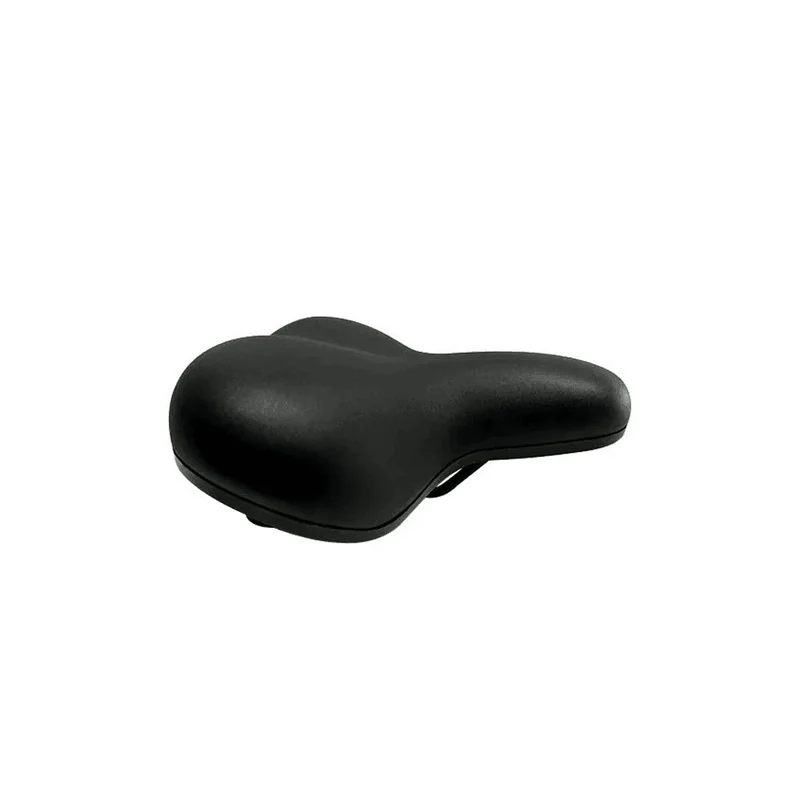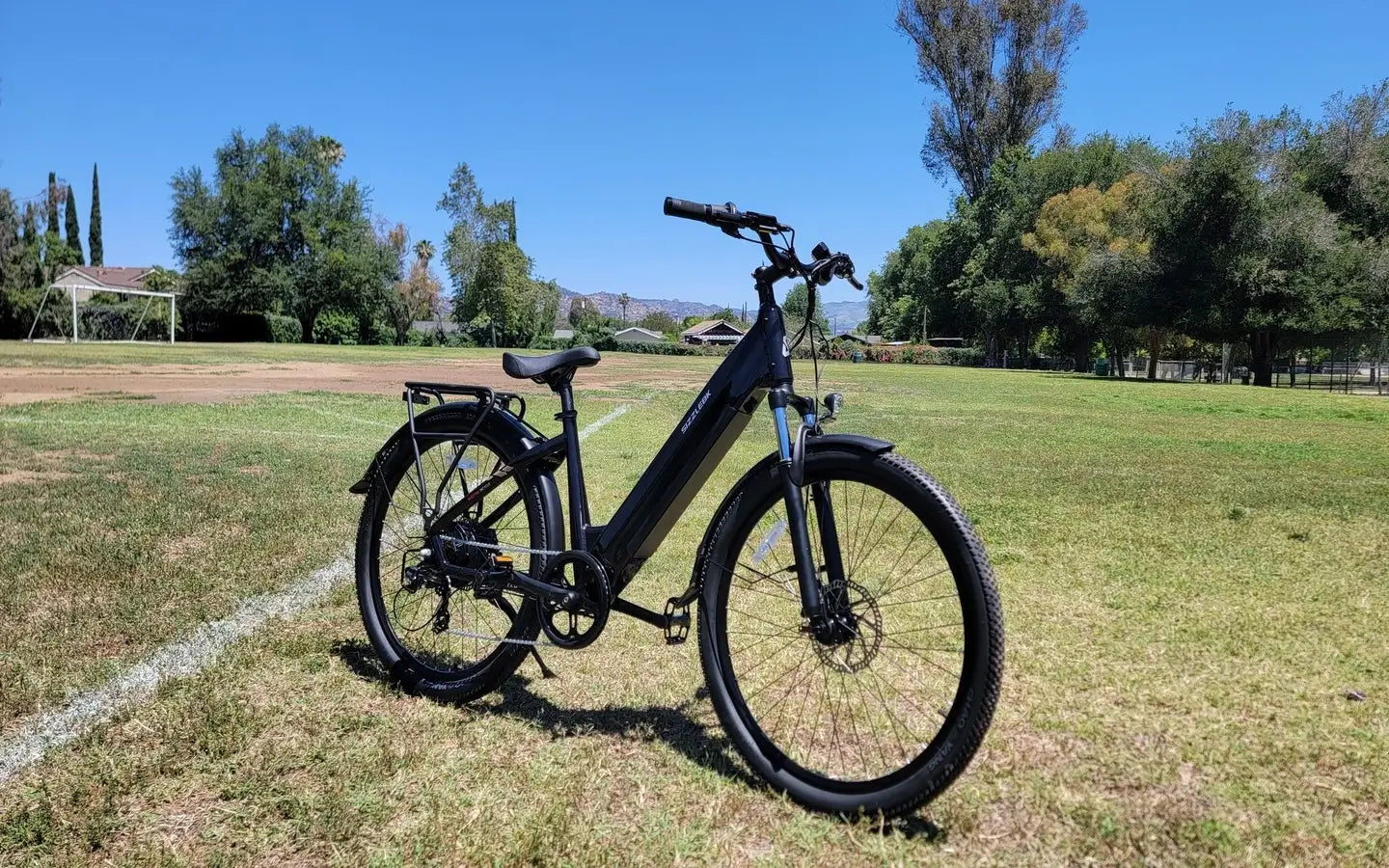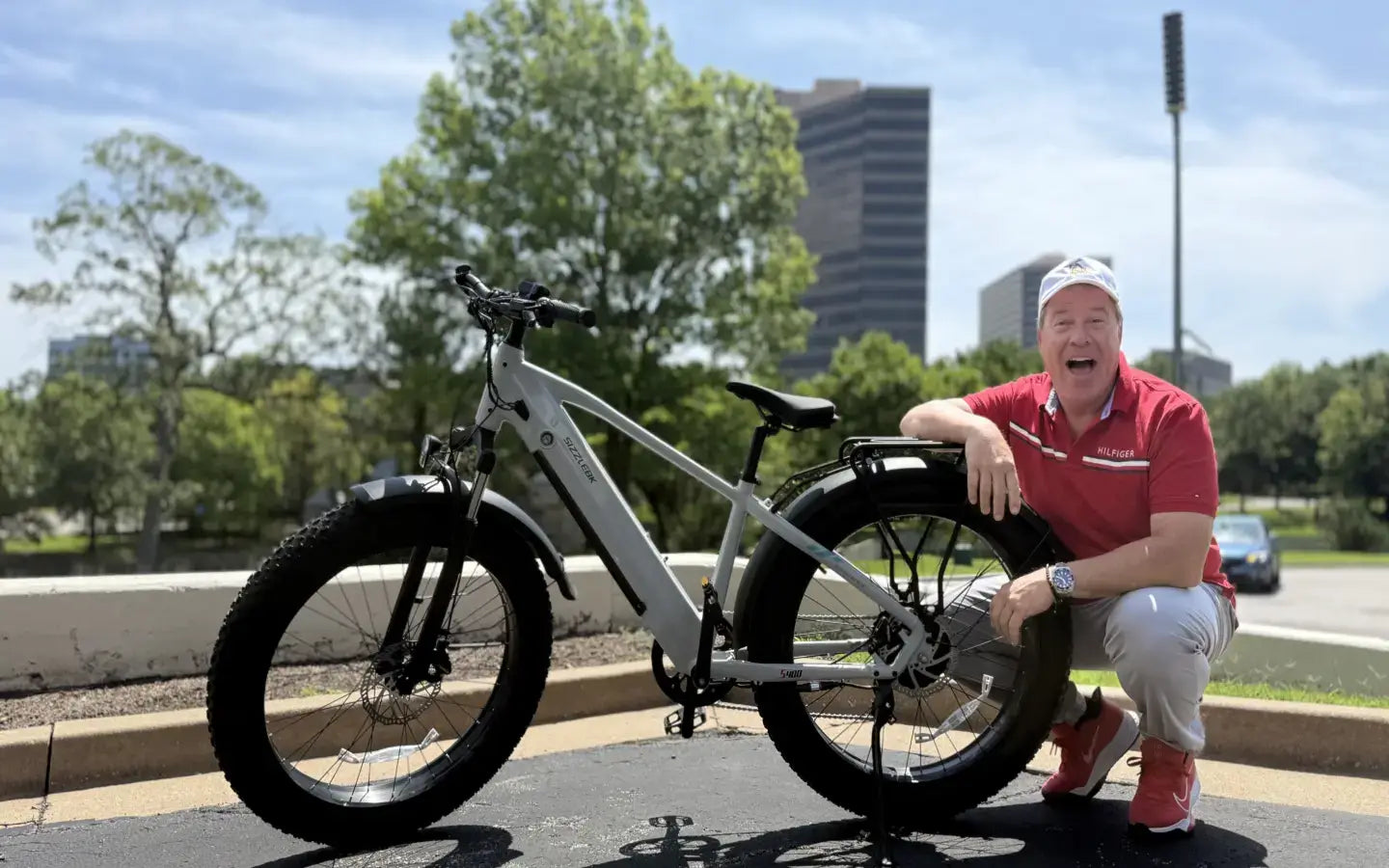How fast do electric bikes really go? It’s the critical question for every rider. The answer isn't just about horsepower – it's where engineering meets regulation. Understanding ebike speed is essential for commuting, trail riding, or pure thrill-seeking. Let’s cut through the noise and explore the mechanics, classes, and legal limits defining how fast an electric bike can go in the United States.
Beyond the Motor: Key Speed Factors
While ebike motor power is fundamental, your top speed depends on several elements:
Motor Power & Torque: Watts (W) indicate potential, but torque (Nm) governs acceleration and hill climbing. US-legal electric bikes typically range from 250W to 750W.
Rider Input: Pedal-assist amplifies your effort. A strong rider on a fast bicycle will outpace a casual pedaler. Rider weight impacts acceleration and efficiency.
Bike & Terrain: Aerodynamics, tire choice, total weight (bike + rider + cargo), hills, and wind significantly affect real-world speed.
The Critical Factor: Legality. US law defines e-bikes by how their motor assistance functions and cuts out, leading to the standardized 3-Class system.
Demystifying the US E-Bike Speed Classes
The US 3-Class system categorizes e-bikes primarily by top assisted speed and activation method:
|
Class |
Motor Activation |
Max Assisted Speed |
Throttle |
Key Permissions |
|
Class 1 |
Pedal-Assist Only |
20 mph (32 km/h) |
No |
Widest access: Paths, Trails, Roads |
|
Class 2 |
Throttle &/or PAS |
20 mph (32 km/h) |
Yes |
Roads, Paved Paths (Often banned on natural trails) |
|
Class 3 |
Pedal-Assist Only |
28 mph (45 km/h) |
No |
Primarily Roads/Bike Lanes (Often restricted on paths) |
Always verify state & local laws. Access varies significantly.
Deep Dive into Each Class:
Class 1 Ebike: The Trail & Path Standard
How it Works: Motor assists only while actively pedaling. Stops when you stop pedaling.
Max Assisted Speed: 20 mph. Pedal faster on your own power beyond this.
Throttle: Not permitted.
Access: Treated most like a traditional bike. Generally allowed on bike lanes, multi-use paths, roads, and crucially, most natural surface mountain bike trails. Best for: Recreational trail riders, commuters needing maximum access.
Class 2 Ebike: Throttle Convenience
How it Works: Features a throttle (twist or thumb) for propulsion without pedaling. Also includes pedal-assist (PAS).
Max Assisted Speed: 20 mph (via throttle or PAS).
Throttle: Yes, the defining feature.
Access: Permitted on roads, bike lanes, and often paved paths. Access to natural trails is highly restricted or banned due to trail wear and safety concerns. Best for: Commuters wanting effortless starts, riders with mobility limitations, leisure riding on paved surfaces. Crucial: Check local trail rules.
Class 3 Ebike: The Speed Pedelec
How it Works: Motor assists only while pedaling (like Class 1), but cuts out at a higher speed.
Max Assisted Speed: 28 mph. Pedal faster under your own power.
Throttle: Not permitted on pure Class 3 (a throttle would classify it as a moped). Some models may have a throttle limited to 20 mph (dual Class 2/3).
Access: Primarily for roads and bike lanes. Access to multi-use paths is often restricted or prohibited due to higher speeds. Age limits, usually 16+, and helmet requirements are common. Best for: Faster commuters, fitness riders covering longer distances efficiently on roads.
State Law Variation is Key: Helmet rules, minimum ages (especially for Class 3), and path access details differ significantly by state and locality. Always research your specific regulations.
Pushing the Limits: Technical Speed vs. Legality
The 20 mph and 28 mph limits define where the motor must stop assisting on public roads/paths under US law.
Human Power + Gravity: You can pedal or coast downhill faster than the motor's cut-off speed (e.g., 30-35+ mph on a Class 3 downhill).
"Off-Road" Ebikes & High-Powered Bikes: Some e-bikes offer modes or modifications removing the speed limiter, and bikes with 1000W, 5000W, or even 15,000W motors (like the Swind EB-01) exist, capable of 40-60+ mph.
The Crucial Legal Reality: Using an unlocked mode or riding these high-powered bikes on public infrastructure is illegal in the US under the 3-class system.
Reclassification: They become unregistered motor vehicles (mopeds/motorcycles), requiring licensing, registration, insurance, DOT helmets, and meeting vehicle safety standards. They are not legal e-bikes for public roads/paths.
Safety Risk: Extreme speeds on bicycle frames/components pose severe dangers.
The Bottom Line: While an e-bike can physically go faster downhill, motors legally stop assisting at 20 mph (Class 1/2) or 28 mph (Class 3) on public US terrain. Bikes designed to assist beyond 28 mph on public roads are not legal e-bikes.
Speed Demands Responsibility: Safety First
Higher ebike speeds require heightened safety measures:
Non-Negotiable Helmets: Always wear a certified bike helmet. For Class 3 electric bicycle, a speed pedelec helmet (NTA-8776) or motorcycle helmet is strongly advised.
Powerful Brakes Essential: Hydraulic disc brakes are a must for Class 3 and highly recommended for Class 2. Maintain them meticulously.
Hyper Awareness: Speed reduces reaction time. Keep an eye out for pedestrians, cyclists, vehicles, and hazards. Signal clearly. Ride predictably.
Know the Rules: Understand where your e-bike class is permitted. Obey traffic laws. Respect path restrictions, especially for Class 2 & 3.
Visibility is Life: Use bright front/rear lights day and night. Wear reflective clothing.
Tire Integrity: Proper tire pressure and tread condition are critical to handling at high speeds.
Choosing Your Class: Matching Speed to Need
Class 1: Prioritize trail access? Want a natural bike feel? Shorter commute? This is your versatile, access-friendly choice.
Class 2: Need effortless starts? Have mobility concerns? Prefer throttle flexibility? Primarily ride roads/paved paths? Confirm local path rules first.
Class 3: Goal is faster road commuting (10+ miles)? Comfortable on roads/bike lanes? Fit and want higher average speeds? Understand and accept path restrictions and safety requirements.
The Future: Evolution Within Boundaries
The 3-Class system provides clarity, but discussions continue:
Smart Speed Management: Potential for Class 3 bikes to automatically limit assistance to 20 mph on paths, switching to 28 mph only on roads.
Tech Advancements: More efficient motors and batteries deliver better performance within legal power limits. Torque sensors offer smoother, more responsive assistance than cadence sensors.
Enhanced Safety Tech: Wider adoption of features like ABS brakes and integrated lighting systems on higher-speed models.
Conclusion: Speed Defined by Law & Prudence
So, how fast can an electric bike go? Legally, on US public infrastructure:
Class 1 & 2 Ebikes: Motor assist stops at 20 mph.
Class 3 Ebikes: Motor assist stops at 28 mph.
Understanding the ebike speed classes is non-negotiable. Specifications place legal speeds, designated areas, and safety responsibilities on ebikes but technology has substantially increased the speed of riding and riding responsibly in the first instance means understanding and adhering to specifications. So regardless if you purchased the trail-performance, or Class 1, the quick off-road Class 3, or the all-purpose Class 2 model the key is understanding your limitations and adhering to them, this will ensure you will have an electric bike experience that is thrilling, fun, and most importantly, safe.
Explore our Class 2 and Class 3 ebikes, built for both thrill and comfort: Sizzlebk eBike.
Read this blog online: Unlocking Your E-Bike Speed Limiter: Legal, Safety & Warranty Risks Explained













